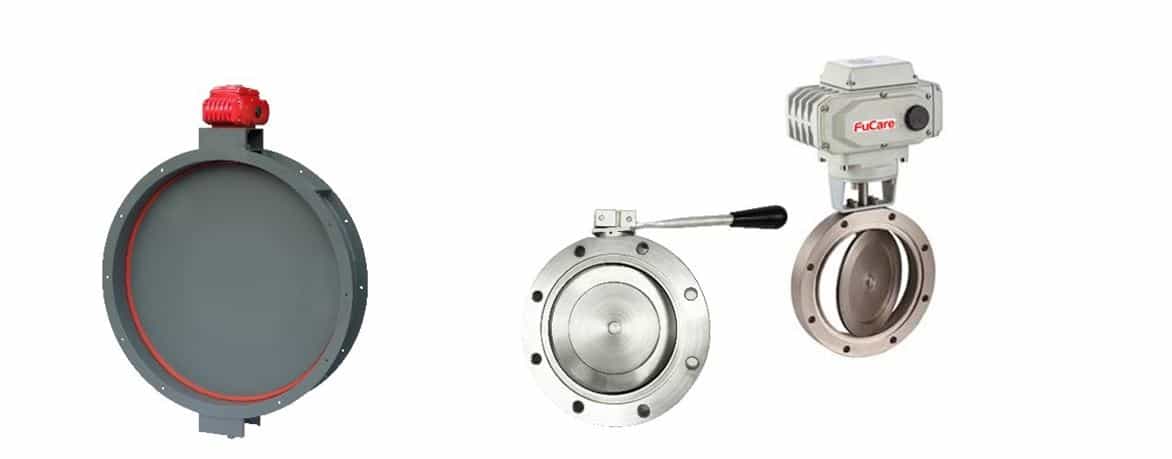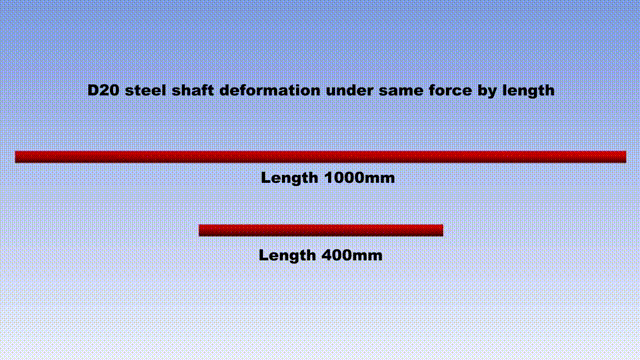For design of blast resistant buildings, it is important to apply the right blast resistant products, like blast valves, blast dampers and blast doors. The selection for blast doors could be easy, as they are assumed to be closed to stand blast waves when accidents happen. However, for blast valves and blast dampers, this is obviously a different story.
Blast valves and blast dampers are protective equipment of HVAC systems. In normal conditions, blast valves and blast dampers work at ventilation position and they are supposed to be closed by overpressure to block the blast waves. It is very tricky for product engineers to handle the contradictory design targets, like strong structure but light weight, with the ability to close fast but with high air flow rate. Hence there are actually multiple options available in market for different applications. For example, if the designed blast duration is very short, like a couple of milliseconds, then strong structure of blast valves or blast dampers might not be needed.
When blast waves hit the blast protective equipment, the amount of passing through impulse is depending on many facts, like the size of ventilation area, mass of closing blades, as well as complications of air path, peak pressure of blast waves, duration of blast waves and rising time of peak pressure, etc. No matter what the situation is, there is one factor that could be considered as the useful consideration to design of a blast resistant HVAC system, that is, the impulse block rate of blast protective equipment like blast valves and blast dampers. Impulse block rate = 1-Impulse passing through / Impulse reflected. The protective equipment, like blast valves and blast dampers, could mitigate the incident impulse, like what you saw from the movie, HONEY, I SHRUNK the KIDS. If you see the incident impulse as a dangerous Tyrannosaurus, then the high performance blast valves and blast dampers could transform them into the size of a mouse. The rate of mitigation, here referred as impulse block rate, depends on various product solutions.




